Cooking is a universal language, yet its terminology often leaves both novice and experienced cooks scratching their heads. From the subtle nuances of simmering versus boiling to the artful practice of julienning, these terms can make a recipe feel like a complex puzzle. Understanding these misunderstood cooking terms is key to enhancing your culinary skills and avoiding kitchen mishaps. In this guide, we will unravel the mysteries behind 28 commonly misunderstood cooking terms, providing clarity and confidence to your cooking endeavors.
Simmer

Simmering is the art of cooking food gently at a temperature just below boiling. It’s a technique that allows flavors to meld and develop without the harshness of a rolling boil.
Unlike boiling, where bubbles vigorously break the surface, simmering produces small, soft bubbles. This method is ideal for soups, stews, and sauces, requiring patience and a keen eye.
Fun fact: Simmering is often seen in traditional French cuisine, where delicate sauces need careful attention to achieve the perfect balance of flavors.
Julienne
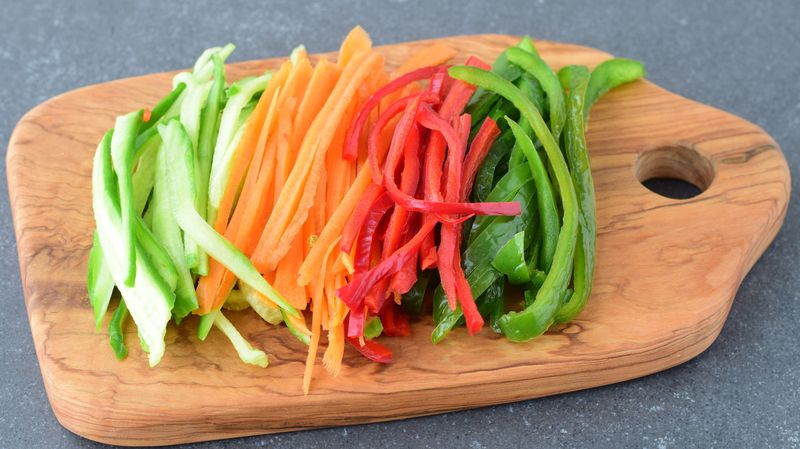
Julienning involves cutting vegetables into thin, long strips resembling matchsticks. This technique not only enhances the aesthetic appeal of dishes but also ensures even cooking.
Often used in salads and stir-fries, the consistency of julienned vegetables adds texture and flavor. It requires practice and precision but transforms ordinary ingredients into visually stunning components.
Historically, the julienne cut has roots in French cuisine, emphasizing elegance and uniformity in presentations.
Fold
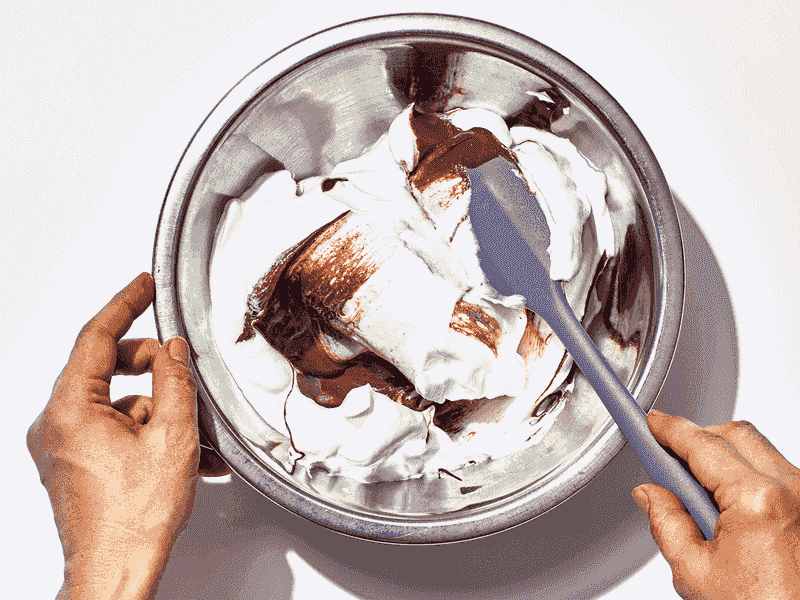
Folding is a gentle mixing method used to incorporate ingredients without deflating air. It’s crucial in baking, where maintaining volume is key.
Using a spatula, ingredients are carefully scooped and turned over, preserving the lightness of airy mixtures like whipped cream or beaten egg whites. This technique is often employed in making mousses and soufflés.
The term ‘fold’ can be traced back to classic baking traditions, emphasizing the importance of patience and finesse.
Braise
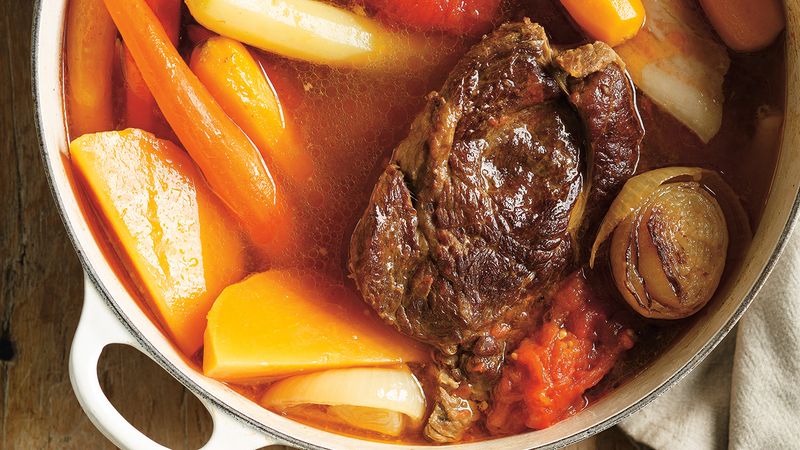
Braising is a cooking method that combines moist and dry heat, perfect for tenderizing tough cuts of meat. It involves searing the meat, then cooking it slowly in a covered pot with liquid.
This technique is ideal for dishes like pot roast, where flavors develop over time. The slow cooking breaks down collagen, resulting in succulent, flavorful meals.
Did you know? Braising is an ancient cooking method that dates back to medieval times, offering a way to make the most of less tender meats.
Sauté

Sautéing is a quick cooking method using high heat and a small amount of oil. It’s perfect for browning vegetables or meats, highlighting their natural flavors and textures.
In a sauté, ingredients are tossed in the pan, ensuring even cooking and a crisp exterior. This technique is a staple in many cuisines and offers a fast way to prepare delicious meals.
Sautéing traces its roots to French cuisine, emphasizing speed and precision for optimal results.
Zest

Zesting involves removing the outermost layer of citrus fruits, capturing intense, aromatic oils. This technique enhances dishes with a burst of fresh flavor.
Using a microplane or fine grater, zesting is often applied to lemons, limes, and oranges, adding brightness to desserts, salads, and marinades. It requires a gentle touch to avoid the bitter pith beneath.
Historically, zesting has been a part of culinary traditions to elevate simple ingredients with vibrant flavors.
Broil
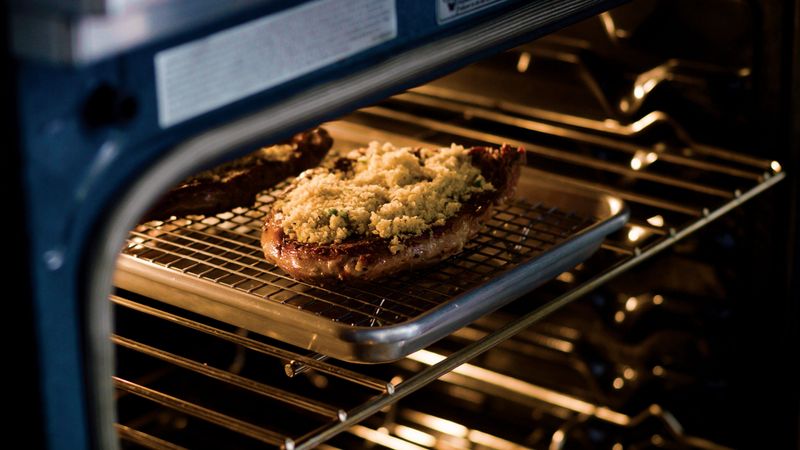
Broiling is cooking food with high, direct heat from above, similar to grilling but in an oven setting. It’s perfect for achieving a crispy exterior on meats and vegetables.
Broiling creates intense heat, quickly browning and caramelizing the surface of foods. This method is ideal for dishes that require a charred finish without lengthy cooking.
Did you know? Broiling is a favorite technique in American cuisine, often used for steaks and fish.
Poach
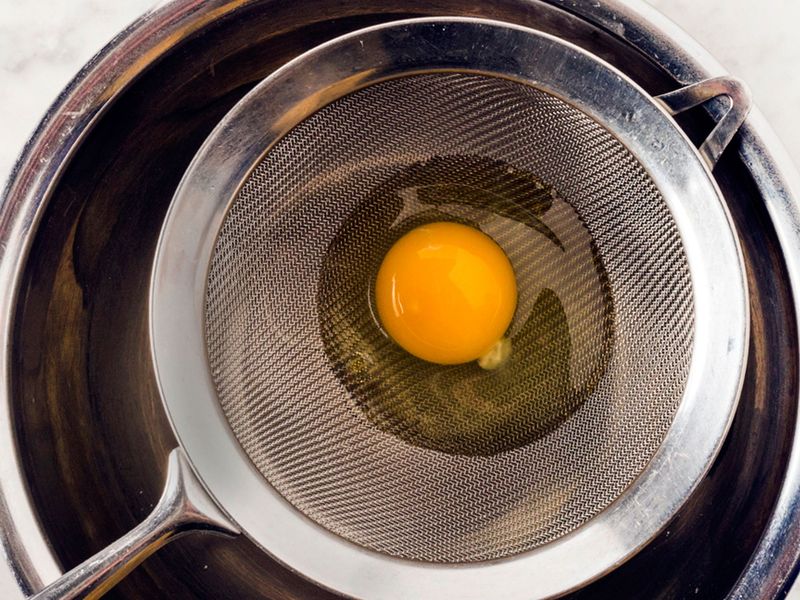
Poaching is a gentle cooking method where food is submerged in liquid at a low temperature. It’s ideal for eggs, fish, and fruits, preserving texture and flavor.
In poaching, the liquid should barely simmer, creating a calm environment that cooks without agitation. This technique results in tender, succulent dishes.
Fun fact: Poaching is a culinary technique with roots in French cuisine, where precision is key to achieving perfect results.
Whisk
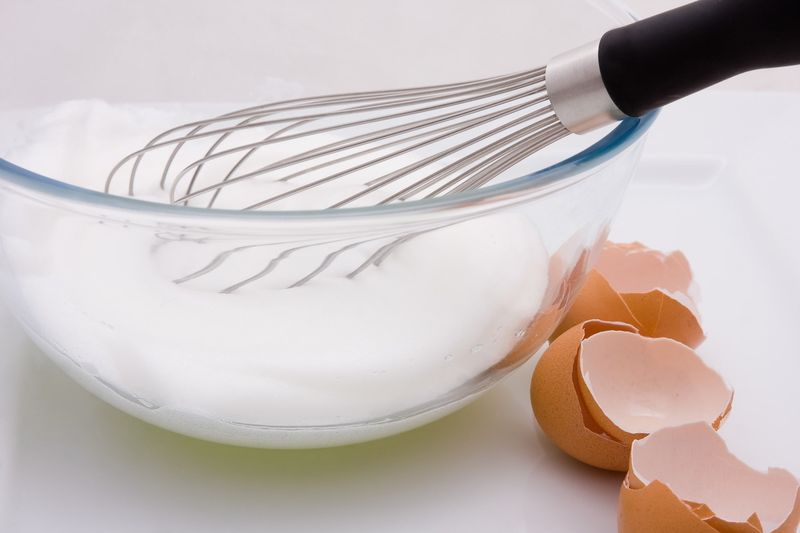
Whisking involves beating ingredients together using a whisk to incorporate air and create a light, fluffy texture. It’s essential for tasks like whipping cream or beating egg whites.
The whisk’s design, with loops of wire, helps in aerating and combining ingredients efficiently. Whisking is a fundamental technique in both baking and cooking.
Historically, the whisk has evolved from simple wooden tools to modern designs, enhancing culinary techniques worldwide.
Caramelize
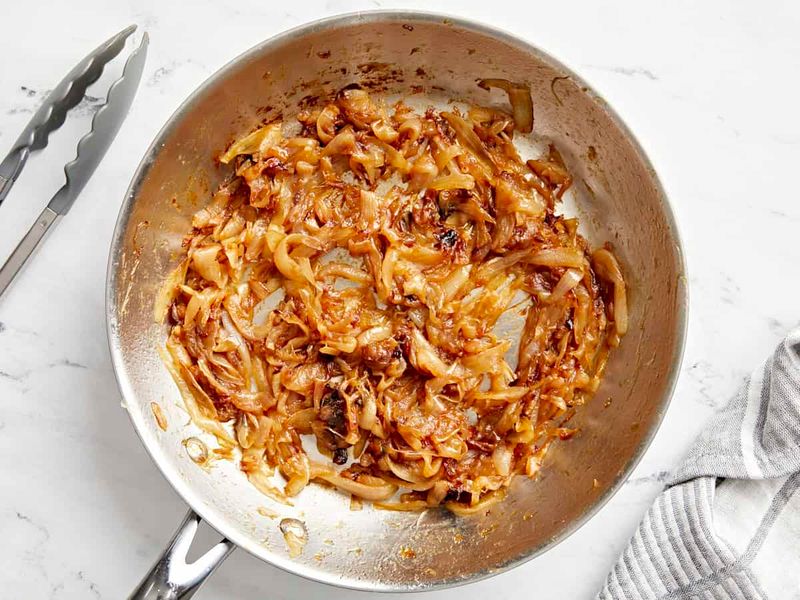
Caramelization is the process of cooking sugar until it browns, adding a rich, sweet flavor to foods. This technique is commonly used with onions, enhancing their natural sweetness.
The key to caramelizing is patience, allowing the sugars to break down and develop a deep color and flavor. It’s a method that transforms simple ingredients into gourmet accents.
Did you know? Caramelization has been a beloved technique in both sweet and savory dishes for centuries, adding complexity and depth to flavors.
Deglaze
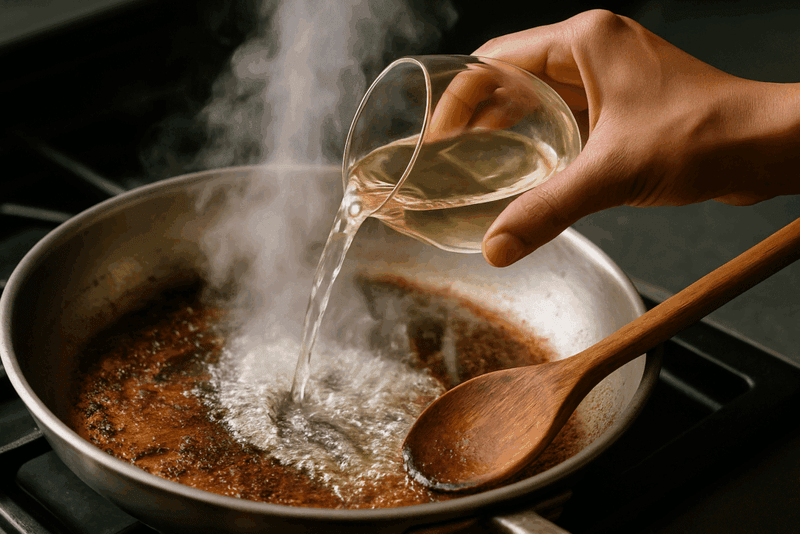
Deglazing is a technique used to remove and dissolve browned food residue from a pan to flavor sauces, soups, and gravies. It involves adding liquid to a hot pan.
The process captures the concentrated flavors left from searing, creating a rich base for sauces. Wine, broth, or vinegar is commonly used for deglazing.
Fun fact: Deglazing is a classic French technique, often employed in preparing pan sauces and adding depth to dishes.
Blanch
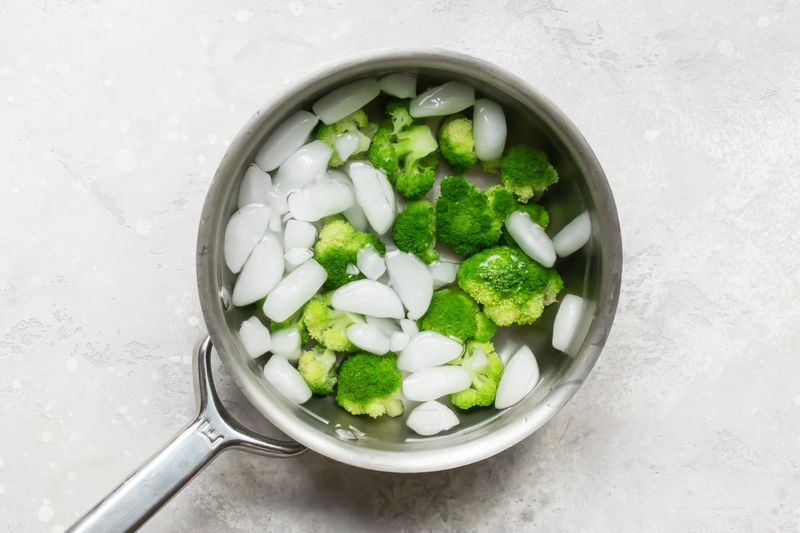
Blanching is a cooking process that involves briefly boiling food before plunging it into ice water. This technique preserves color, texture, and nutrients.
Perfect for vegetables, blanching helps in peeling and freezing them, retaining freshness. It’s also used to soften foods and prepare them for further cooking.
Historically, blanching has been a method to preserve the quality and appeal of produce, especially in French cuisine.
Sous Vide
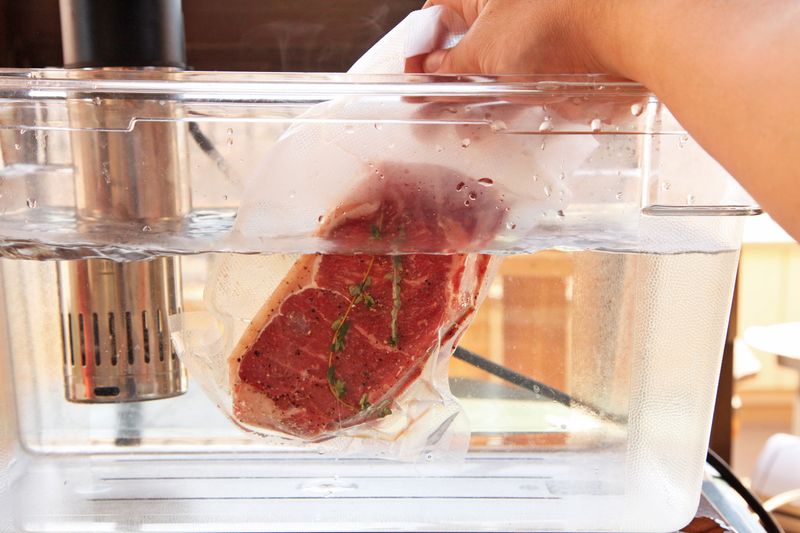
Sous vide involves cooking food in a vacuum-sealed bag submerged in temperature-controlled water. This method ensures precise cooking and retains moisture and flavor.
Popular among chefs, sous vide provides consistent results, allowing for intricate control over texture and doneness. It’s often used for meats and delicate proteins.
Did you know? Sous vide, meaning “under vacuum,” has revolutionized modern cooking by offering unparalleled precision and consistency.
Knead
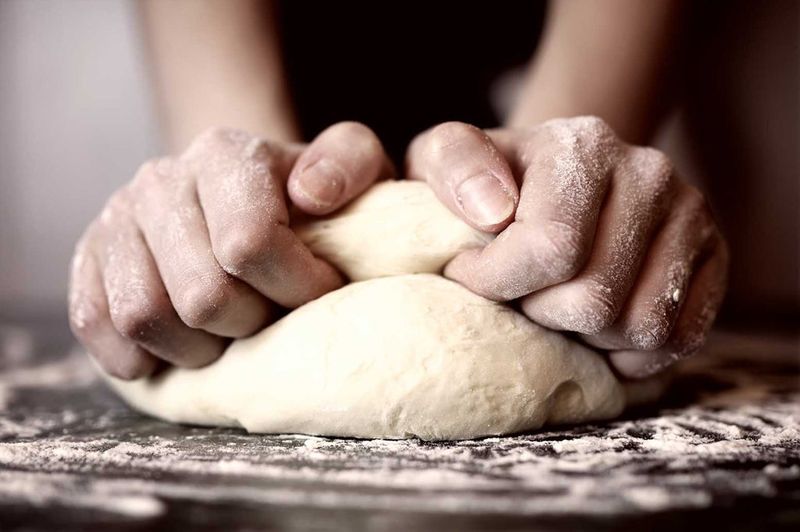
Kneading is a hands-on process essential in bread making, developing gluten to give dough its elasticity and structure. It involves working the dough by hand or with a mixer.
Through a series of folds and turns, kneading transforms sticky dough into a smooth, elastic mass, ready for rising. It’s a technique that requires patience and practice.
Historically, kneading has been a fundamental skill in baking, connecting bakers with the art of bread making across cultures.
Dredge
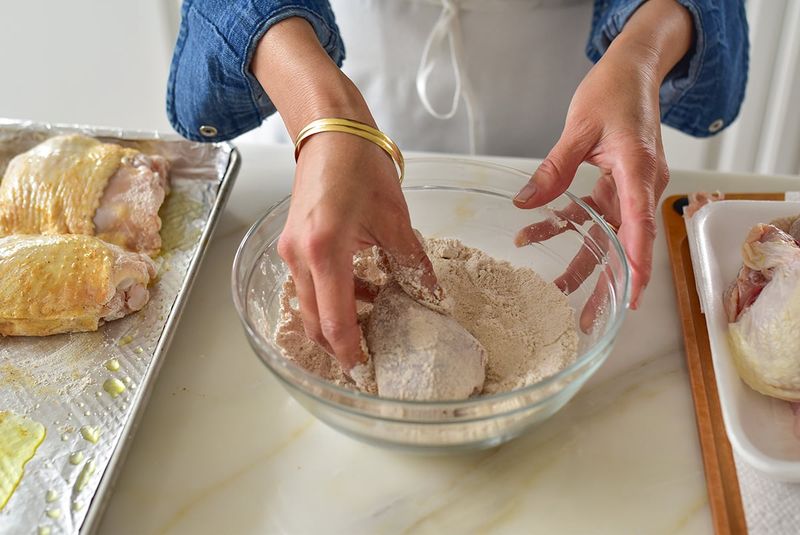
Dredging involves coating food lightly with flour or breadcrumbs before frying or baking. This technique adds texture and helps in browning.
The process of dredging ensures a crispy exterior while keeping the inside moist. It’s commonly used for meats and vegetables, providing a satisfying crunch.
Fun fact: Dredging has been a popular culinary method for centuries, enhancing the appeal and flavor of dishes worldwide.
Sear
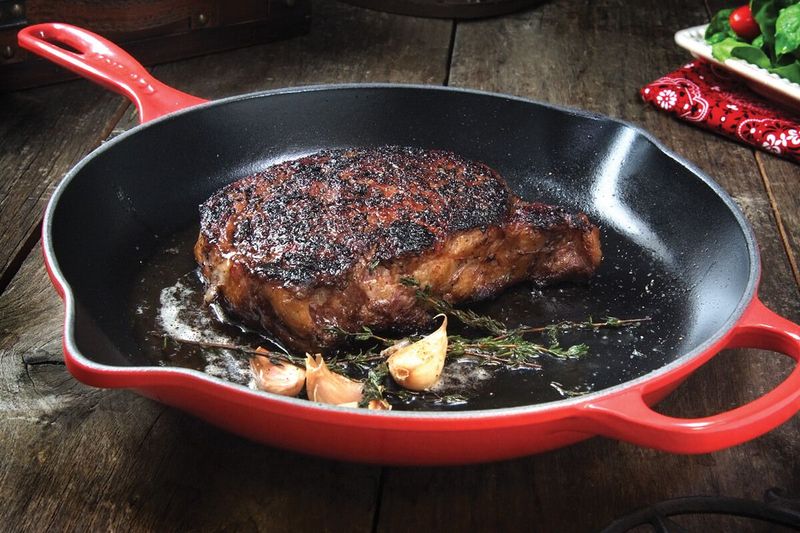
Searing is a cooking technique that involves cooking the surface of food at high temperature until a brown crust forms. It’s used to lock in flavors and create texture.
Commonly applied to meats, searing provides a flavorful crust while preserving juiciness inside. It’s a crucial step in preparing dishes like steaks and roasts.
Did you know? Searing is often used in professional kitchens to enhance the complexity and visual appeal of dishes.
Baste
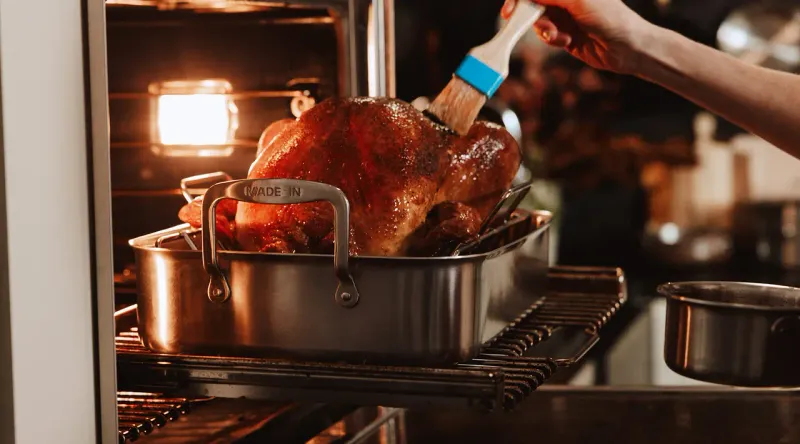
Basting is the process of moistenings food, especially meat, with its own juices or a marinade while cooking. This technique ensures a juicy, flavorful result.
Frequently used during roasting, basting helps to keep the surface moist and adds additional flavor. It’s a method that requires attention and care.
Historically, basting has been a cherished technique in many cuisines, enhancing the taste and tenderness of roasted dishes.
Macerate
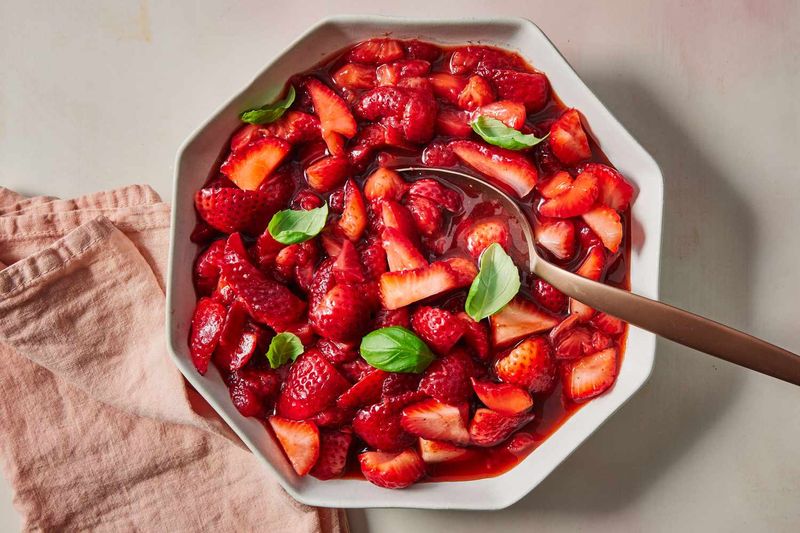
Macerating involves soaking fruit in sugar and liquid, drawing out flavors and softening texture. This process enhances the sweetness and juiciness of fruits.
Perfect for desserts, macerating adds depth and complexity to fresh fruits. It’s a technique that brings out natural flavors and is often used in fruit salads and toppings.
Did you know? Macerating has been a favorite method in European desserts, elevating simple fruits to a gourmet experience.
Clarify
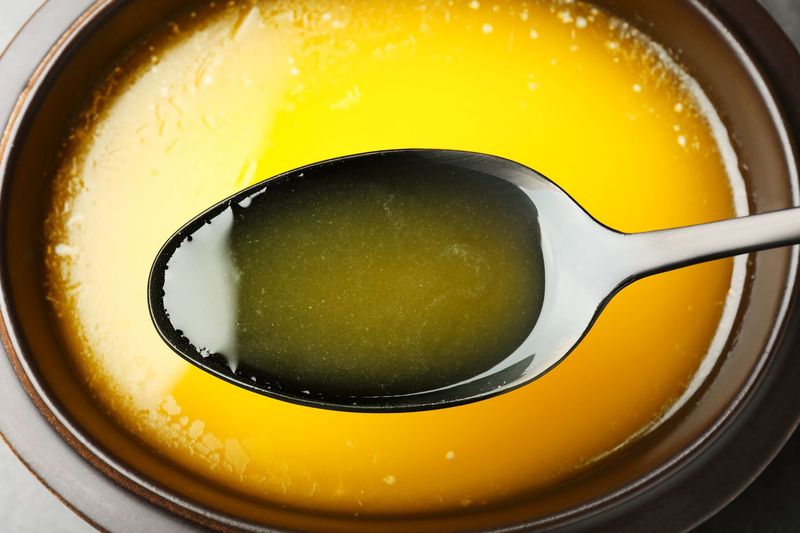
Clarifying is the process of removing impurities from melted butter, creating a clear, pure product known as clarified butter or ghee.
This technique enhances the butter’s flavor and allows it to withstand higher cooking temperatures. Clarified butter is a staple in many cuisines, known for its nutty taste and versatility.
Historically, clarifying butter has been a traditional method in Indian and French cooking, valued for its purity and rich taste.
Bain-Marie
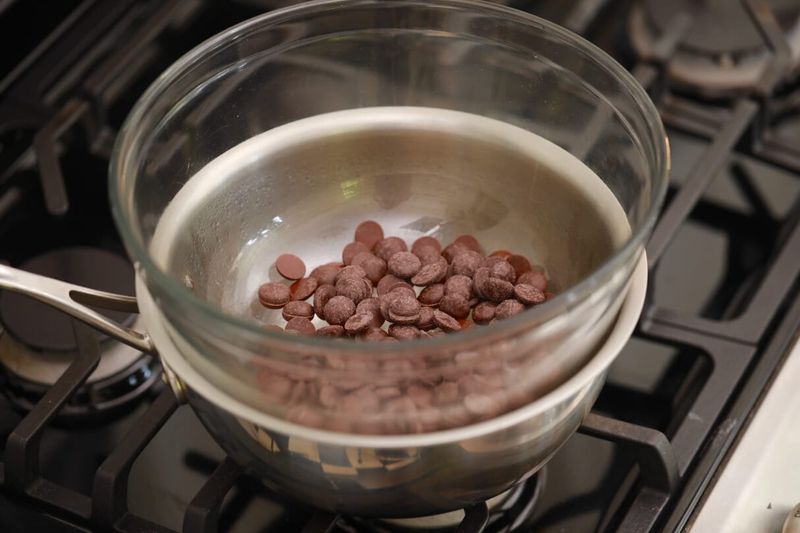
Bain-marie, also known as a water bath, involves placing a container in hot water to gently heat its contents. This technique is ideal for melting chocolate or making custards.
The water bath ensures even, controlled heating, preventing scorching or curdling. It’s a technique that requires careful monitoring for delicate cooking tasks.
Did you know? Bain-marie is a traditional method used in both baking and cooking to maintain precise temperatures.
Flambé
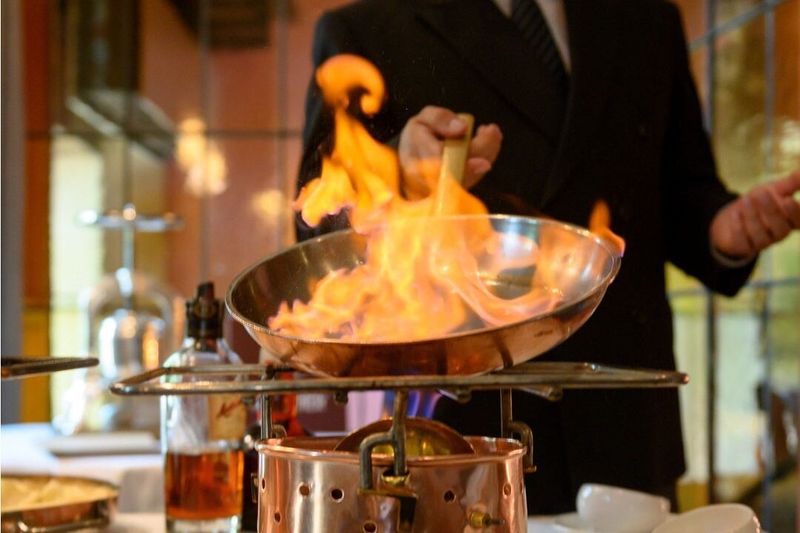
Flambéing involves igniting alcohol in a dish to create a burst of flame, adding flavor and visual appeal. This dramatic technique is often used in desserts and main courses.
The process enhances the dish’s aroma and flavor, as the alcohol burns off, leaving a rich taste behind. Flambéing requires caution and skill, making it an exciting culinary spectacle.
Fun fact: Flambéing has been a popular show-stopping technique in restaurants, delighting diners with its fiery display.
Cure
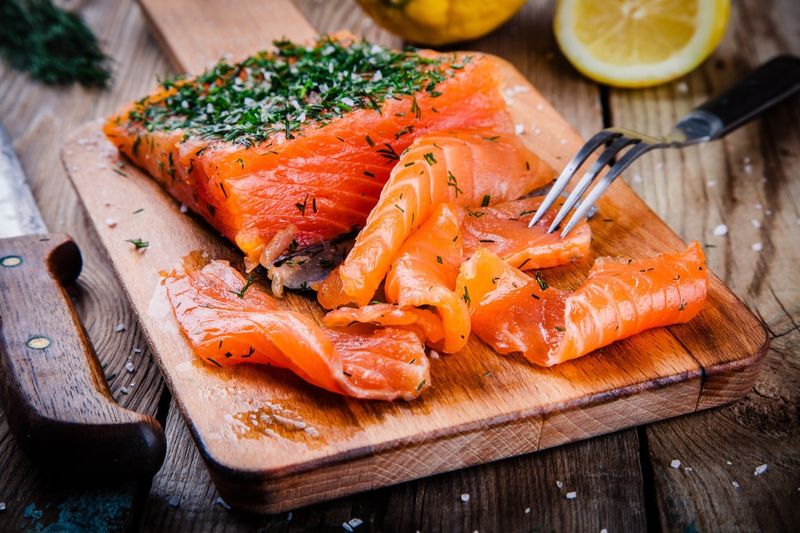
Curing is preserving food using salt, sugar, or other substances to draw out moisture and enhance flavor. This traditional method is commonly applied to meats and fish.
Through curing, flavors intensify, and the food’s texture changes, offering a unique culinary experience. It’s a method that requires time and precision.
Historically, curing has been a vital technique for preserving foods, offering long-lasting flavors and textures across cultures.
Scald
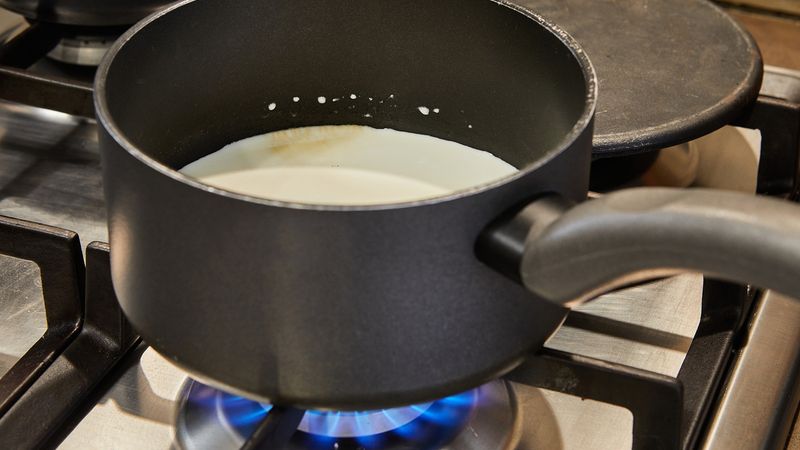
Scalding involves heating liquid, typically milk, to just below boiling. This process is used to kill bacteria and enzymes, preventing curdling in recipes.
Scalding also enhances the flavor of milk and helps in baking, improving the texture and rise of dough. It’s a technique requiring careful attention to avoid boiling.
Did you know? Scalding has been a traditional method in many baking recipes, ensuring quality and consistency.
Render

Rendering is the process of slowly cooking fatty meat to extract its fat, creating a clear liquid fat used in cooking. It’s commonly done with bacon or pork.
The rendered fat adds flavor and richness to dishes, acting as a versatile cooking medium. It’s a technique that enhances both the flavor and texture of foods.
Historically, rendering has been a practical method to utilize every part of an animal, offering flavorful cooking fats in traditional cuisines.
Reduce
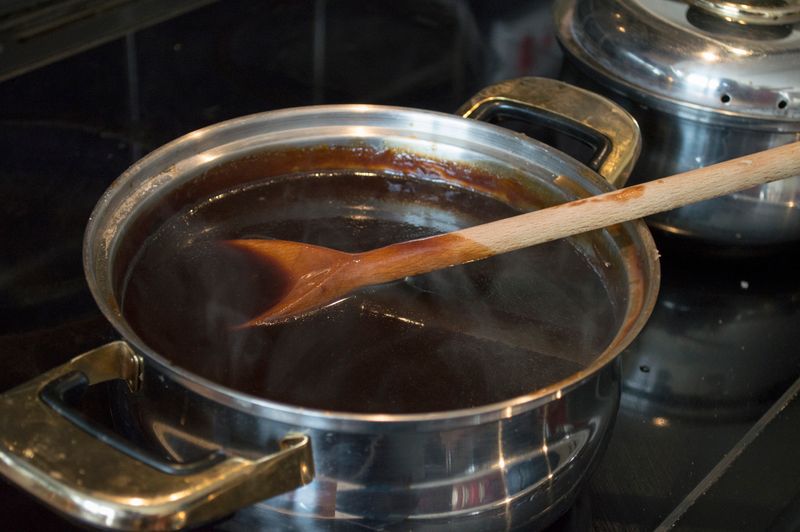
Reducing involves simmering a liquid, such as a sauce or stock, to evaporate water and concentrate flavors. This technique thickens and intensifies the dish.
The process of reducing enhances the depth and complexity of flavors, transforming ordinary sauces into rich culinary highlights. It requires patience and attention to detail.
Did you know? Reduction has been a cornerstone technique in classical cuisine, emphasizing flavor and consistency.
Confit
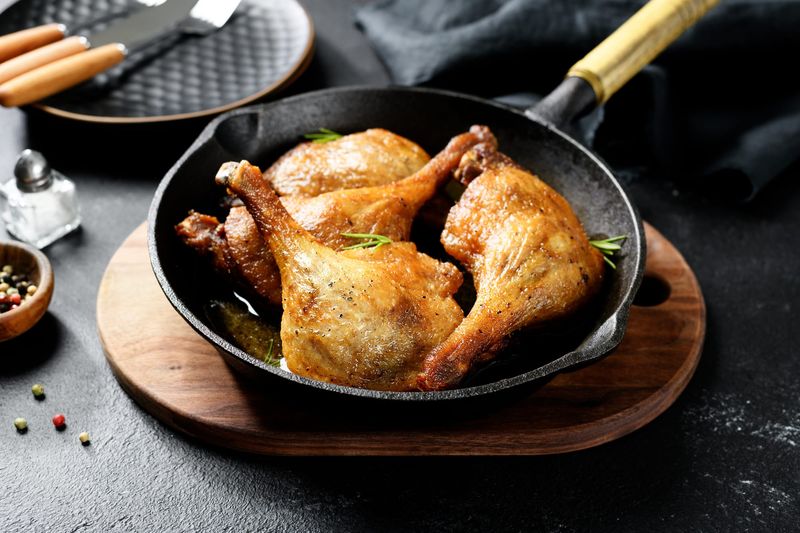
Confit is a traditional French cooking method where meat is slowly cooked in its own fat. This method preserves and enhances flavor, resulting in tender, succulent dishes.
Often used for duck or pork, confit produces rich, flavorful meat that’s both preserved and ready to eat. It’s a technique that requires time and care.
Historically, confit has been a method of preservation, offering long-lasting flavors cherished in French cuisine.
Score
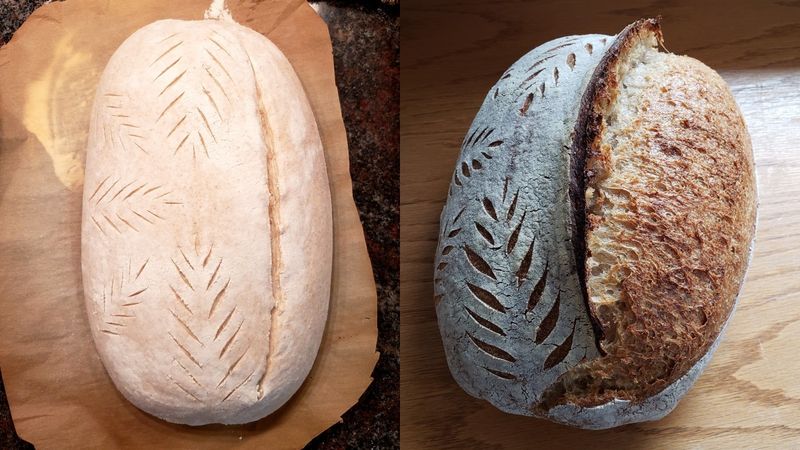
Scoring involves making shallow cuts on the surface of foods, often bread or meat, before cooking. This technique aids in even cooking and aesthetic presentation.
In bread-making, scoring allows for controlled expansion during baking, creating a beautiful crust. It’s a method that combines art and functionality.
Did you know? Scoring has been a traditional practice in baking, adding both beauty and practicality to loaves across cultures.
Temper
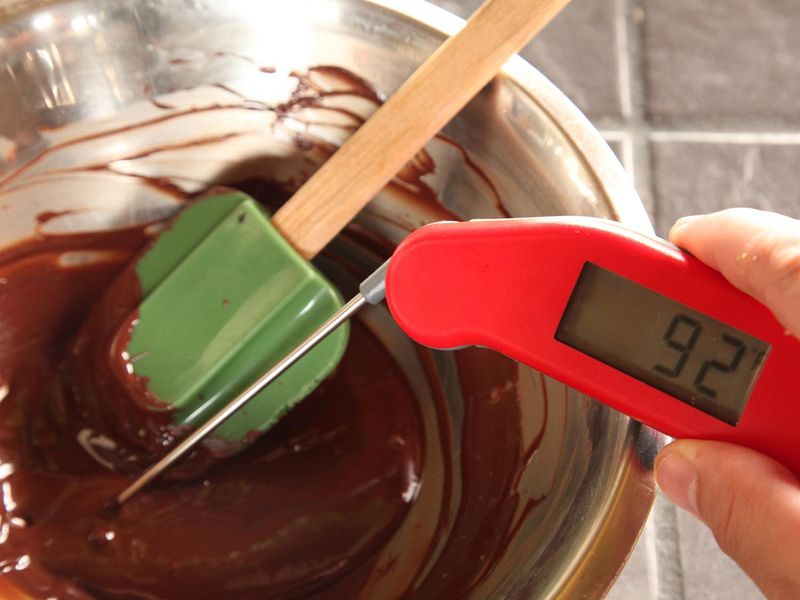
Tempering involves carefully melting and cooling chocolate to stabilize its crystals, giving it a shiny finish and crisp snap. It’s essential for chocolate decorations and candies.
The process of tempering requires precision and control, ensuring the chocolate sets correctly and maintains its quality. It’s a technique that elevates the presentation and taste of chocolate confections.
Historically, tempering has been a key skill in chocolate making, celebrated for its ability to transform simple ingredients into gourmet delights.
Leave a comment